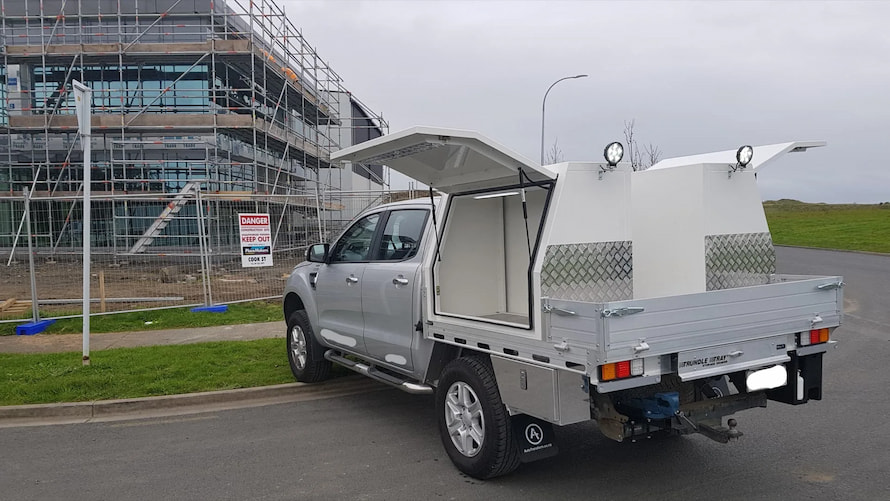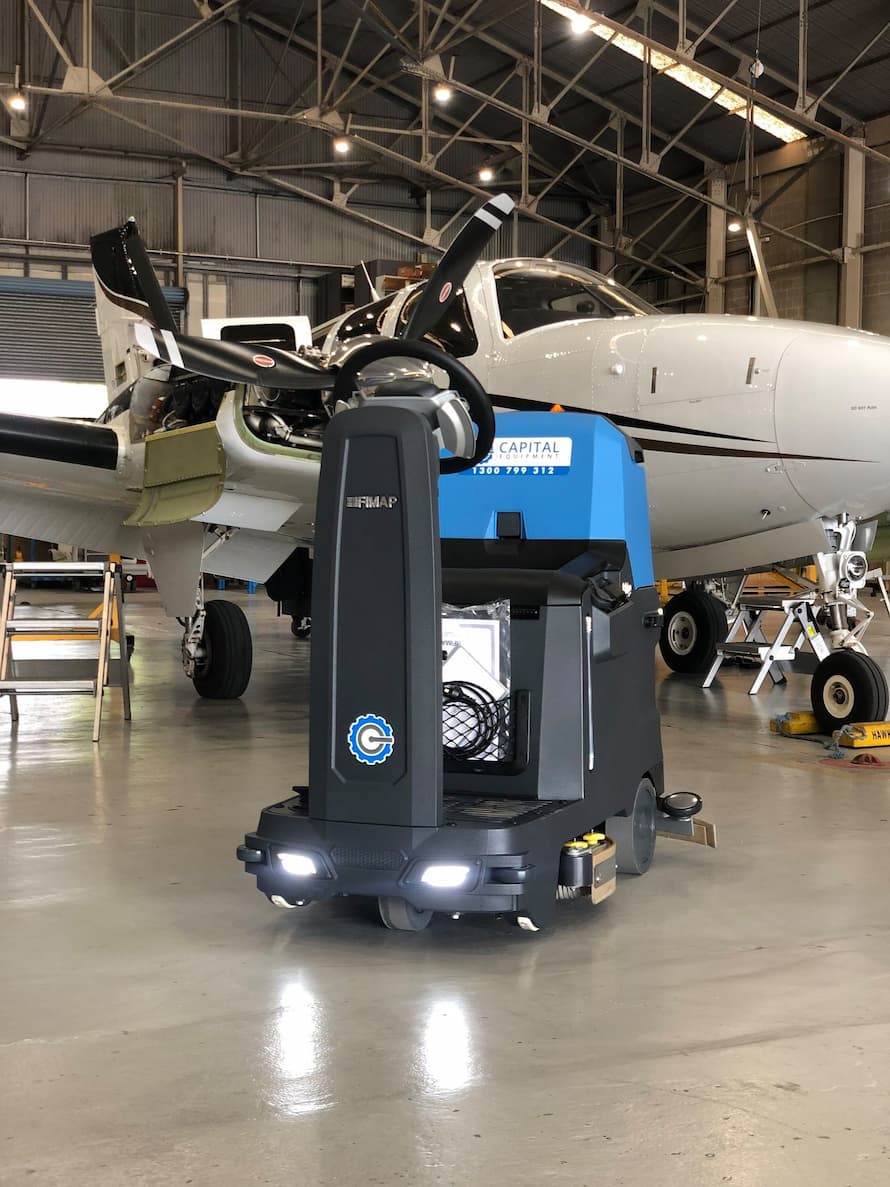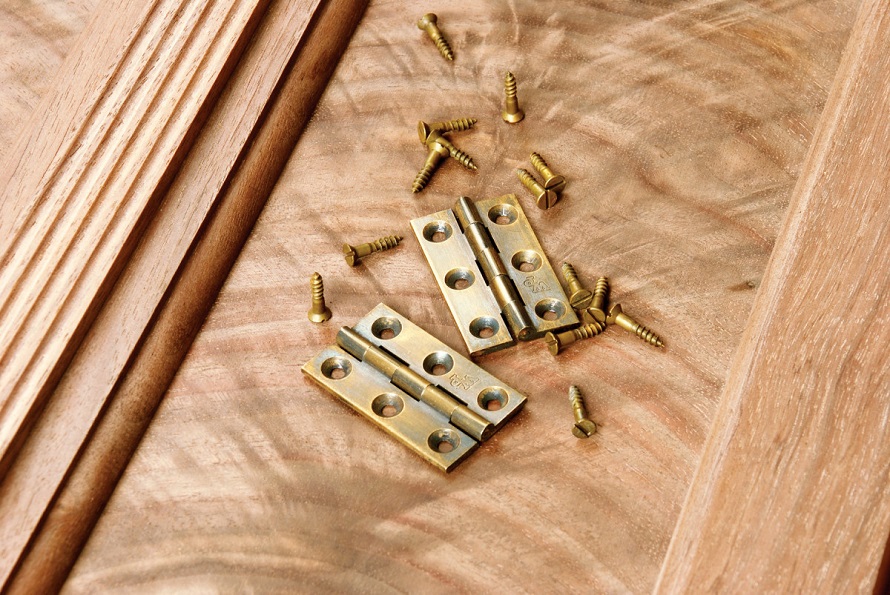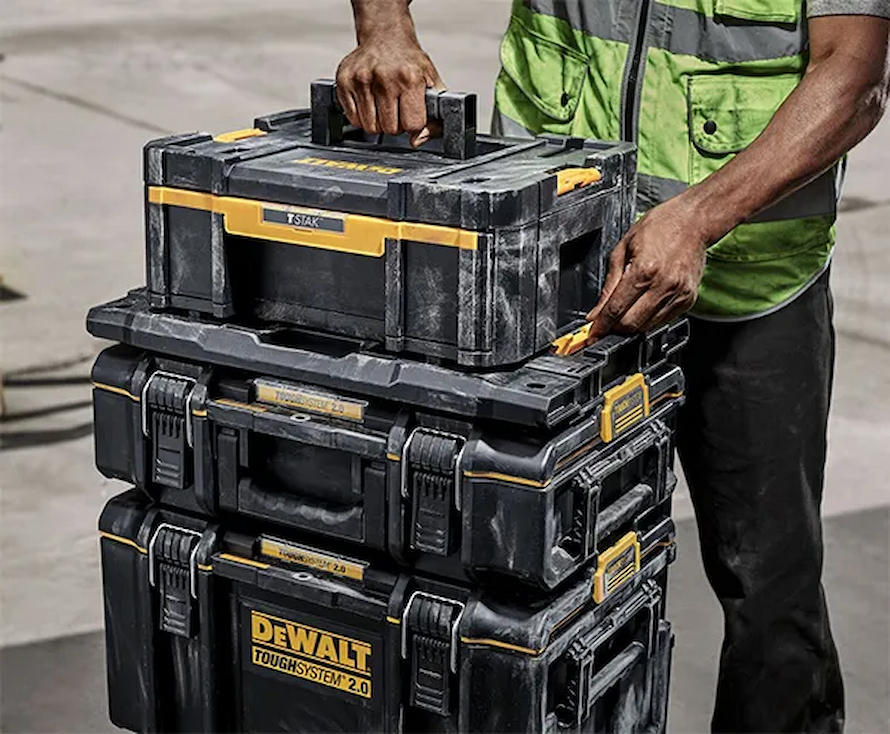Industry
What Makes Tactical Tools Stand Out From Regular Tools?
There are only a handful of personal items that every outdoorsman, hunter, or camper would consider critical to their survival when they’re in the wilderness. Not surprisingly though, almost all of them are likely to be bladed edge tools.
A bladed tool can be a lifesaver, but an experienced outdoorsman knows that no single tool is capable of doing it all. A sharp axe would be the perfect tool to have if you need to build a lean-to for shelter against the elements, but it’s not going to help you stop a charging boar.
Bladed tools are just like any other tools – there’s a correct one for every job – and expecting one to do a job that it simply isn’t designed to do can quickly cause more harm than good. Instead, well-prepared outdoorsmen typically provision themselves with more than one bladed tool whenever they head out. It’s a matter of being properly prepared for any situation, and there’s a full range of bladed tools available for all of them.
Top Quality Tactical Tools
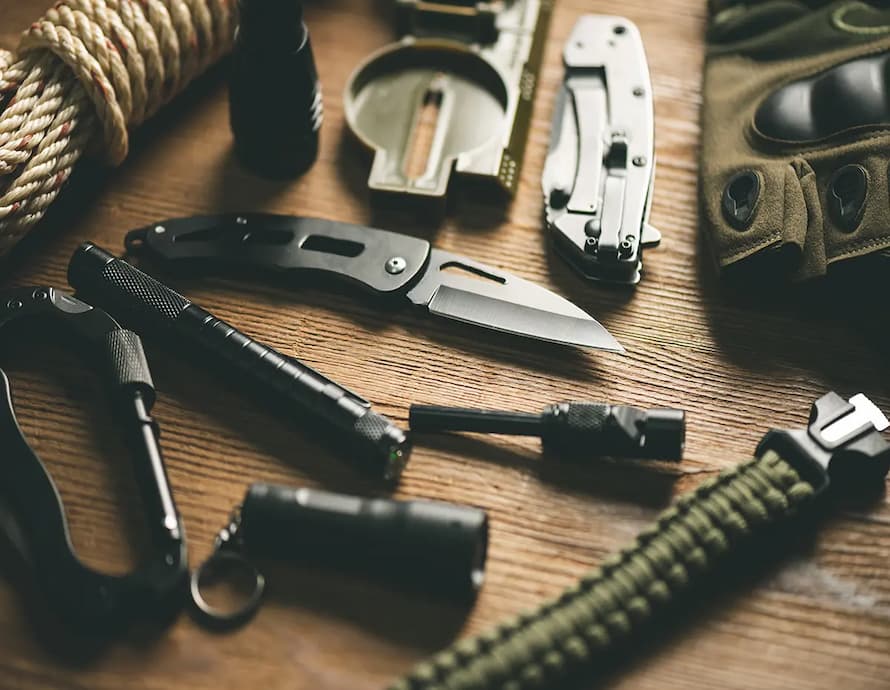
It’s no surprise that when it comes to choosing their bladed tools, seasoned outdoorsmen and hunters tend to ignore tool names and descriptions, and concentrate more on tool characteristics. A top-quality bladed edge tactical tool doesn’t have to be military in nature or identified by fancy nomenclature; it just has to have the qualities needed to perform the tasks it was designed to, and to do it with the least amount of inconvenience to the user.
From fine- and serrated-edged knives and axes, to all-purpose multitools and that can screw and saw just as well as they cut, there are complete ranges of tough, steel-edged knives and other bladed-edge tools available from innovative outdoor and survival tool manufacturers like:
- Gerber;
- Leatherman;
- CRKT;
- Buck;
- Coghlans.
These are premier names in bladed tool design and craftsmanship; and they understand how, depending on the environment and the circumstances, outdoorsmen ordinarily require more than one type of blade. They know that by specializing in multiple types of complementary bladed instrumentstactical tool shoppers can keepep their tool quality consistent, regardless of the job.
Tactical Tool Material Quality
Regardless of the types of tools or blade styles you prefer, your choices are simple when it comes to blade composition: it’s either stainless or high carbon steel. Both materials have their benefits, and you’ll have to carefully consider closely which one is going to give you the best serviceable balance for your type of usage.
- Corrosion resistance or strength. Stainless steel blades offer better protection from rust and corrosion in wet environments, but high-carbon steel blades are stronger.
- Sharpening or sharpness. Stainless steel blades are noticeably easier to sharpen, but they won’t hold their edge sharpness the way carbon steel blades do.
- Larger or smaller. Although both steels weigh roughly the same, bigger blades cut more, but smaller blades cut more precisely. And yes, it makes a difference that’s as appreciable as trying to stop an angry boar, or skinning one.
Beyond material characteristics though, the overall suitability of the tools you’re carrying has to be considered. Hiking through the bush with tools that are physically too heavy, too unwieldy, or too difficult to use are liabilities, not assets. They have to be usable to be truly tactical, so let’s look at the design characteristics that determine which tools will give you the most use.
Fixed Tools for Hard Jobs
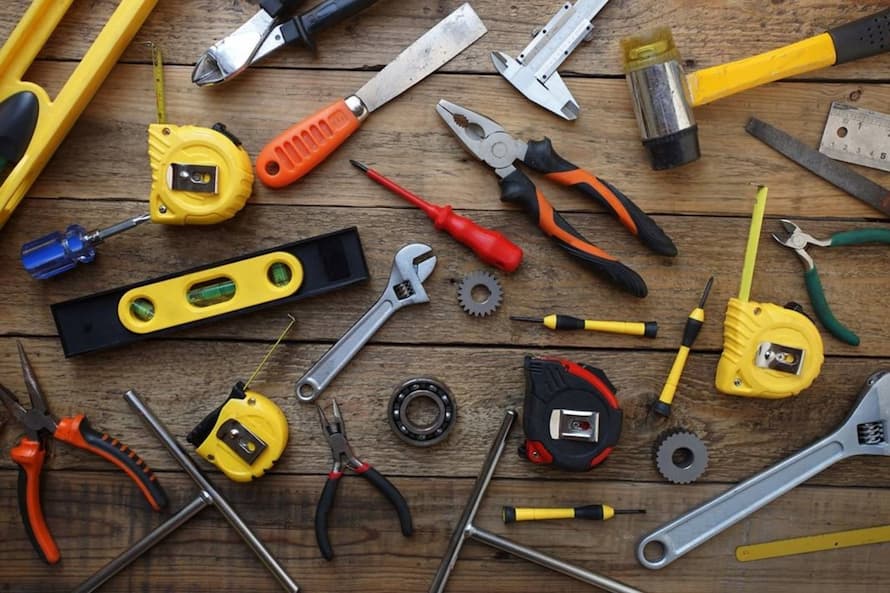
Aside from choosing the right blade, deciding whether you want a fixed or folding tool is probably the most important choice you’ll make. Both tool types also have their benefits, which is why bringing both with you on the trail makes perfect sense.
Fixed tactical blades are permanently mounted in their handles, and they’re ideal for situations where you’d need to apply force behind the blade. These 4-6 inch (or longer) long infantry, and survival-styled tools have the advantages of:
- Simple, uncomplicated construction;
- No moving or interconnecting parts fail under pressure;
- No problems with cleaning and maintenance;
- Longer, more specialized blade styles; and,
- The ability to be deployed instantly, and with significant force.
For cutting wood, opening canned rations, or even use as a hammer, a sturdy handled fixed blade tool is perfect. Their length, however, doesn’t allow them to conveniently fit into a pocket and they’re also likely to be heavy. For handling the big tasks though, this is the tool you want.
Folding Tools for Intricate Jobs
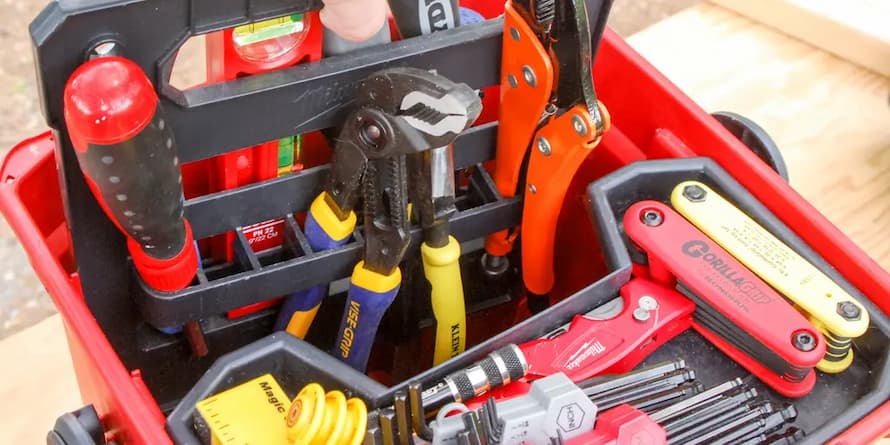
At 2 – 4 inches in length, folding blade tactical tools are smaller, lighter, and more practical across a broader range of tasks than large, fixed blade tools. From cutting rope and stripping tree bark, to making a fire and preparing a meal, folding drop point and paraframe tools have the advantages of:
- Easy handling for tasks that don’t require extreme force;
- Lightweight and safe to transport; and,
- Convenience of storing away in a sheath, a pocket or a backpack.
A durable folding tactical tool is also just as good as an everyday carry item, making it a perfectly portable tool even when you’re not hiking or camping.
Multitools for Any Job
Although one tactical tool can’t do everything, a full-featured multitool is extremely capable that does much more than cut. These strong, butterfly-type folding tools are standard issue items with many of the world’s military tool kits and incorporate a complete collection of durable tools into a single-handled instrument that’s useful on and off the trail. In addition to a 2½ – 3-inch blade, an ordinary multitool complement could easily include:
- Scissors;
- A pair of pliers;
- A saw;
- Phillips and flathead screwdrivers; and,
- Wire strippers.
With pocket and sheath-sized portability, multitools are among the handiest instruments an outdoorsman can bring along as a second or even third-bladed tool. And they’re tactical tools in every sense because they’re the right tools for so many jobs.
The Final Word
At the end of the day, it’s important to understand just how much of a handicap you’re placing yourself at by only carrying one bladed tool with you when you take to the trail. You can use a large fixed blade as a shovel, but using it to clean a fish is a challenge you could easily regret taking on.
Adding a second blade as a tactical tool to your packing list the next time you go hiking or hunting is going to give you the flexibility to need to handle a broader range of tasks without adding a ton of extra weight to your loadout. You’ll be better prepared than ever, and you’re going to feel good about it.



